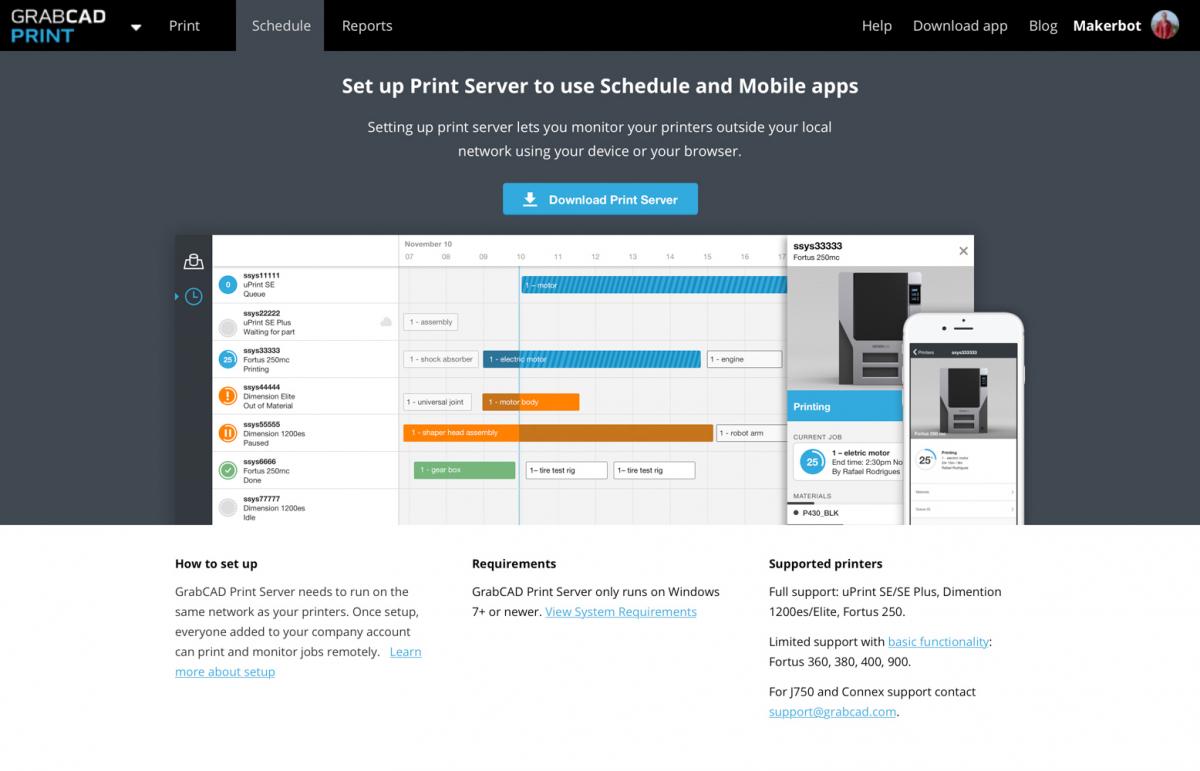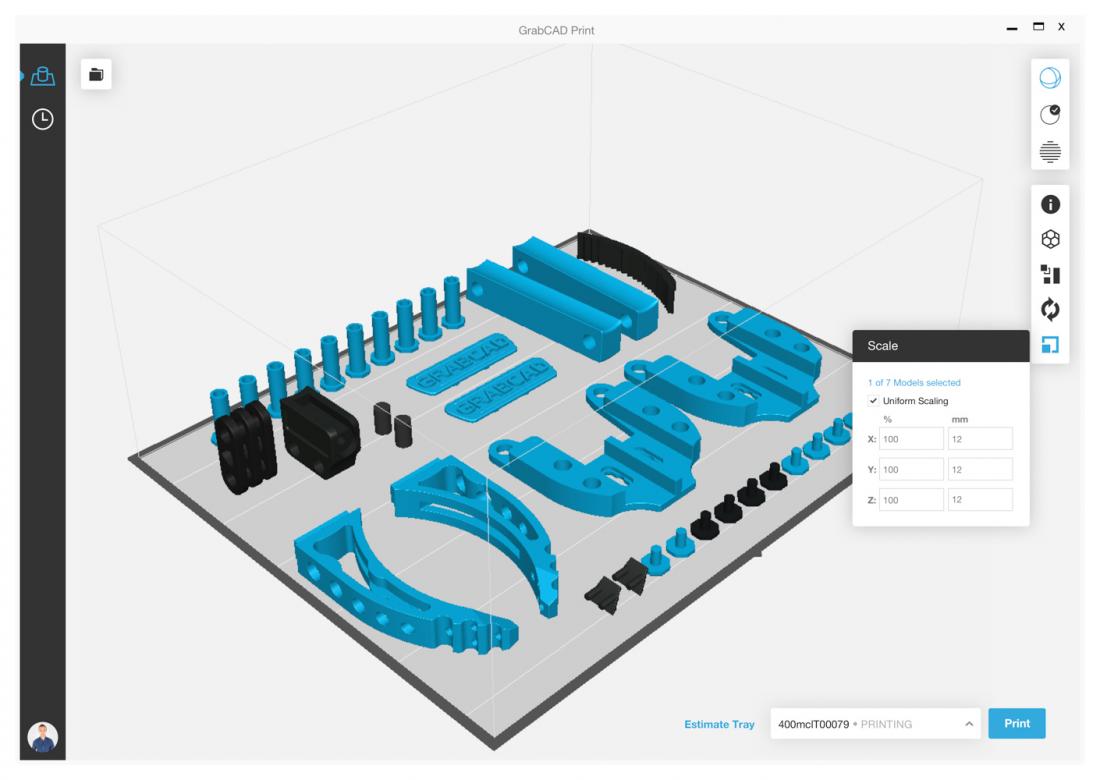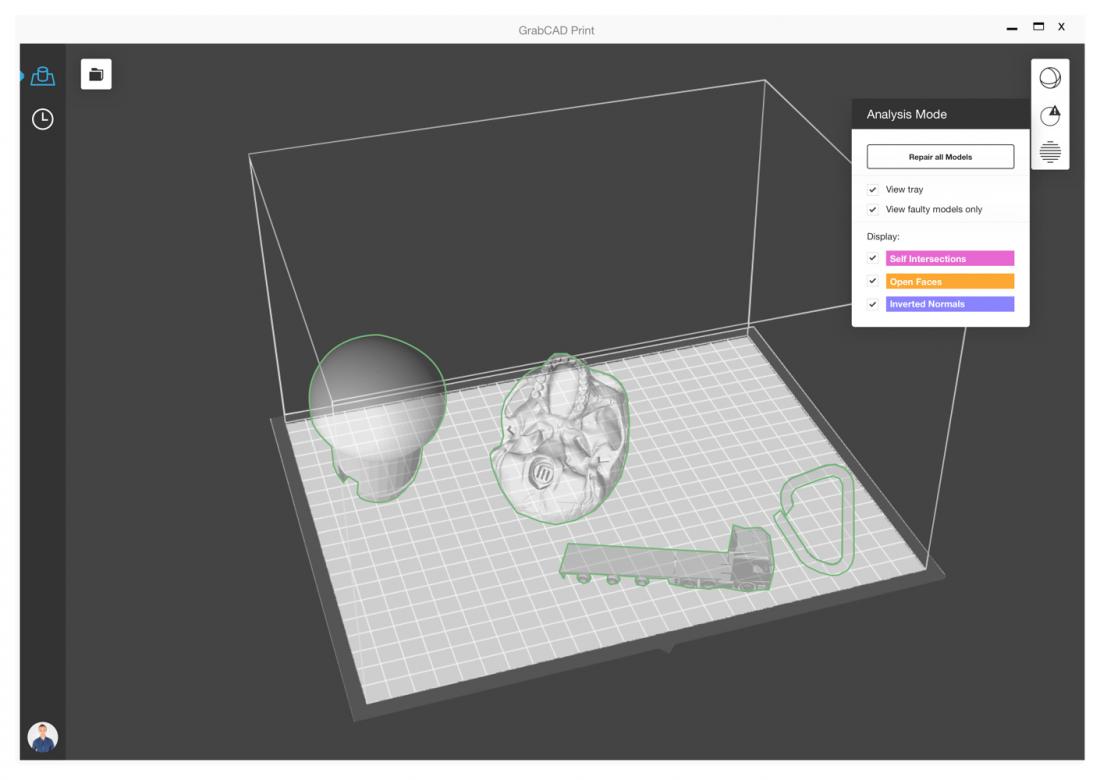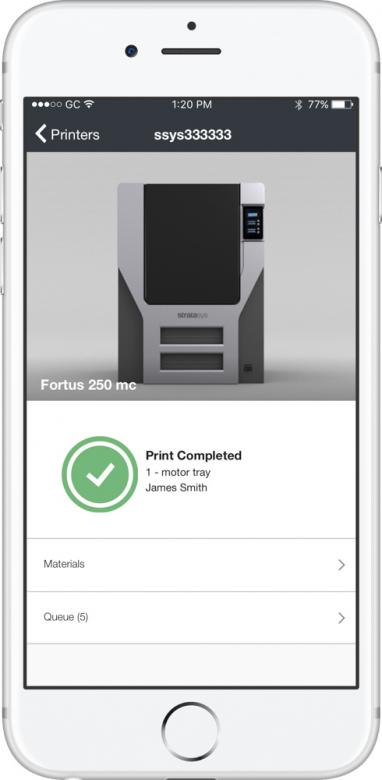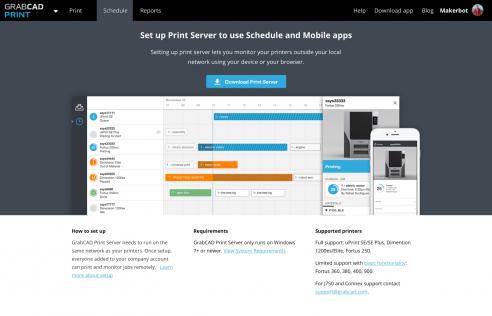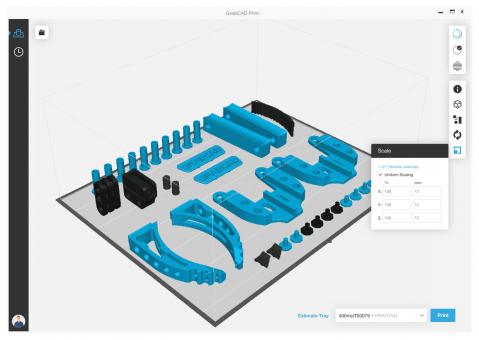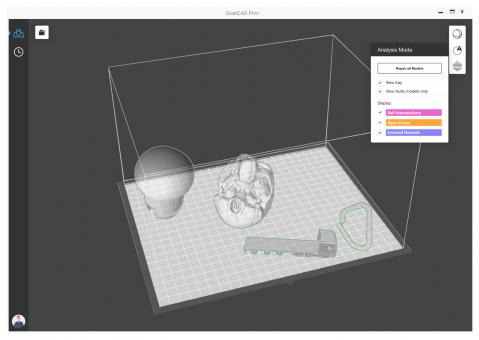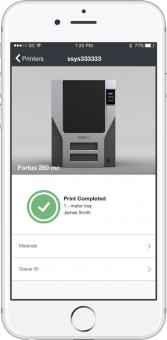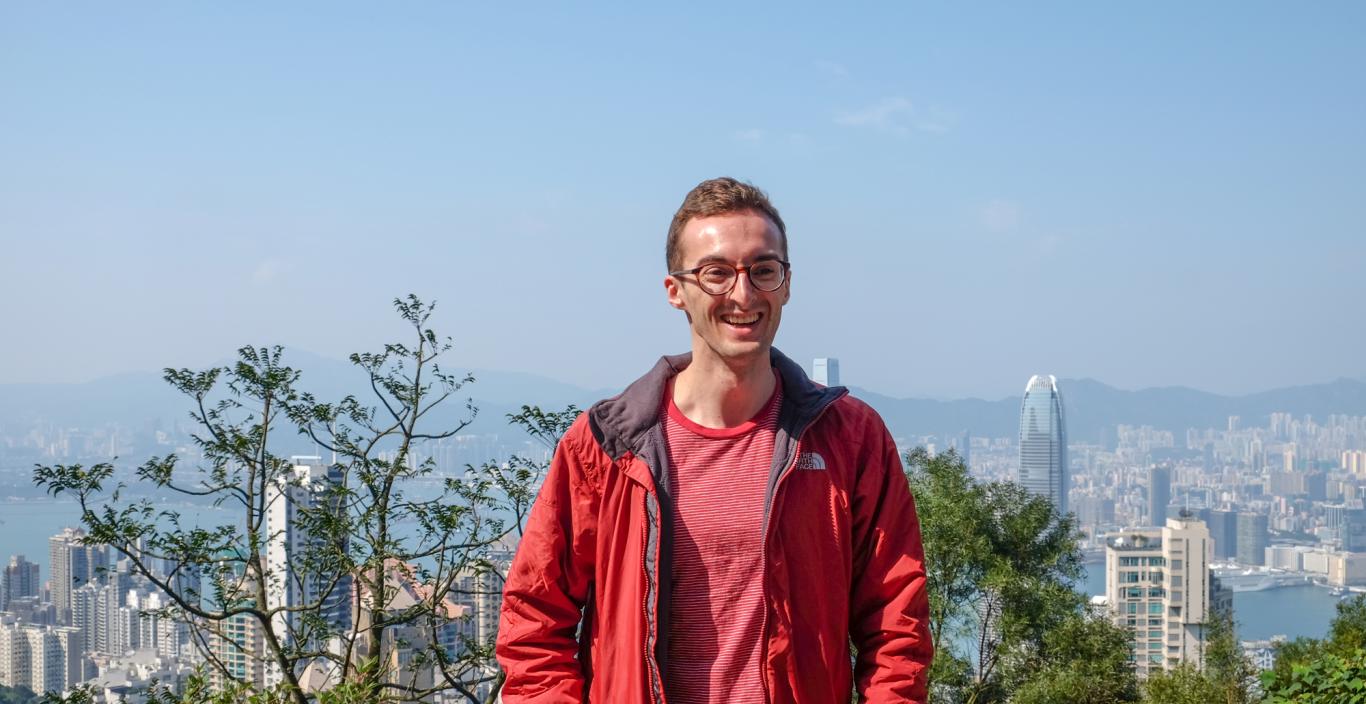Rafael Rodrigues is a 2016 Graphic Design graduate from the College of Art and Design. Rafael currently works as a Product Designer at GrabCAD, a software company that designs accessible 3D printing software. He's tasked with creating and improving software for mechanical engineers and print operators. We caught up with Rafael to learn more about his career path and how his time at Lesley shaped where he is today.
Tell us about your most recent work experience.
In 2014, I worked at Name Media as a contract web designer. I was designing and developing responsive landing pages and an interface for some photography forums. At Name Media, I worked with a Senior Product Designer, several back-end developers, and colleagues in marketing.
Later, in 2014, I worked at Iora Health as a Product Designer. I did a lot of trouble-shooting—I solved front end web development issues with Sass and HTML. At both of these jobs, I worked closely with team members who held various positions. At Iora, I worked alongside designers, software engineers, doctors, nurses, and health coaches.
Where are you currently working?
I have been at GrabCAD since September of 2015. When I started, I had to make the transition from solving problems in two-dimensional spaces to three-dimensional spaces with computer-aided design (CAD) files (STL’s, SolidWorks files, etc.). GrabCAD is a wonderful company to work for. They help make the lives of mechanical engineers, architects, and industrial designers a little easier with a massive CAD library online, version controlled CAD data, and intuitive 3D printing software.
What skills have been most prevalent working in UX/UI design?
The most important skill I have developed is the ability to collaborate and communicate effectively in a team setting. There are so many moving parts on any given project and I have to make sure each person (on the team) is on the same page. It is also important to stay flexible and open to each team members’ idea.
There are other technical skills I frequently use that have become a staple in my role as product designer. I use Sketch regularly along with Invision, Principle, and Framer for interactive click-through prototypes. These applications help to create a user-interface that is interactive and easily accessible for software engineers to build these concepts and design thinking into GrabCAD Print.
I believe visual literacy is also important on the job. Having the ability to comprehend and translate a multi-page description with project requirements, into an intuitive and elegant interface that customers can use with little to no cognitive load is crucial for success here. If I am unable to conceptualize the initial description, then I won’t be able to fulfill my duties as a Product Designer.
What did you take away from your undergraduate experience that was most helpful?
I frequently use the simple skill of white-boarding and sketching in my professional life. I picked up this habit while in Web Design. Being able to quickly outline ideas proved most beneficial in my current position. Other courses that became relevant to my career path were Design Systems, 3 semesters of Typography, and Visual Communications. I enjoyed taking several liberal arts classes, especially English, as copywriting is vital when building interfaces to communicate effectively with customers.
What advice would you give to current art and design students?
Don’t worry about final hi-fidelity designs. Your first design may not be the final one chosen. Work lo-res and focus on the concept at hand. Brainstorm efficient solutions that the end-user will understand. I have found that white-boarding is a simple medium for getting ideas down quickly before starting the visual design process. Create several possible solutions for a problem and discuss the ideas with your teammates. Choose the very best idea or use multiple ideas to solve the original problem. Validate your designs by sharing the interactive prototypes with customers.
Working in the field as a professional designer you must learn to collaborate with multiple stakeholders in your company as everyone has different thoughts and perspectives on what's best for the customer. You need to be aware of technical costs (time) to build interfaces, budget restraints, and hard deadlines. Communication between all parties must be aligned for everyone to work efficiently.
